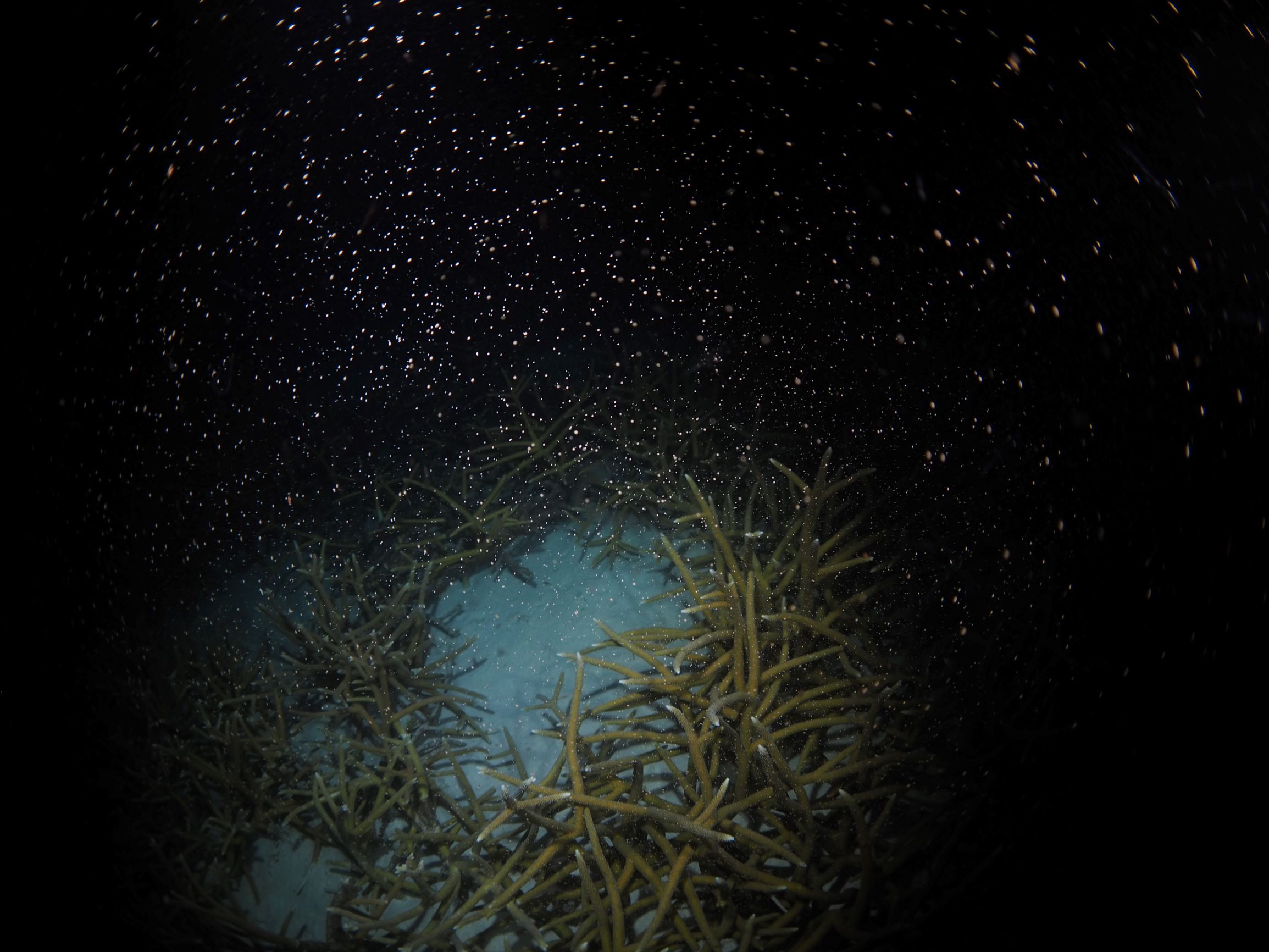Reef Renewal Foundation Bonaire has entered an exciting five-year partnership with SECORE International to bring a new and innovative reef restoration technique, known as larval propagation, to Bonaire for the first time.
For the past decade, SECORE International has been a leader in the study of the sexual reproduction of corals and has conducted pioneering research to develop novel methods for reef restoration. By taking advantage of corals’ natural sexual reproduction, larval propagation has the ability to produce millions of genetically unique coral offspring. During mass spawning events, coral gametes are collected using collection nets and taken back to the lab to be fertilized in vitro. The resulting fertilized embryos are placed directly in the ocean. They are placed in floating pools to complete their development and settlement phase on specially designed substrates. These are later outplanted onto the reef.
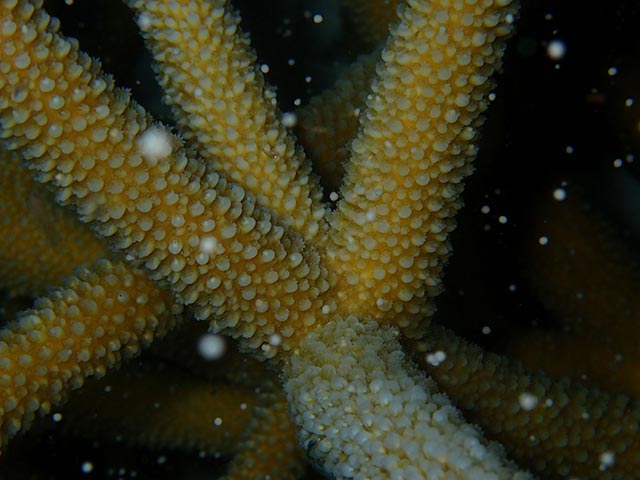
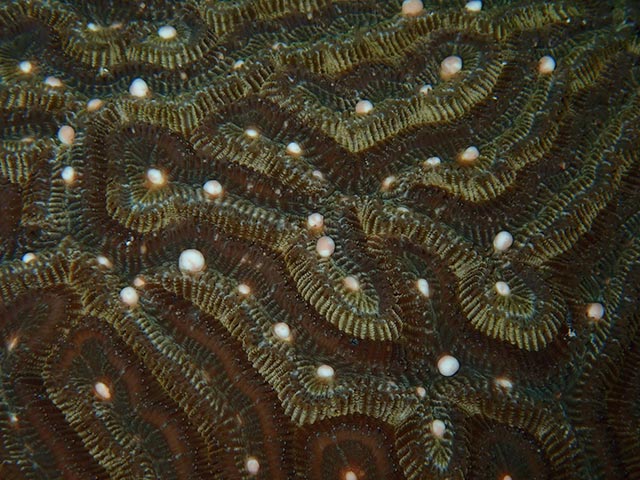
“We are excited to be incorporating larval propagation into the current RRFB restoration program, as it will complement the restoration work we already do,” said Francesca Virdis, Project Coordinator at Reef Renewal Foundation Bonaire. “This technique will allow us to work on a wider array of coral species, while providing massive potential for us to scale-up our efforts in order to protect and restore Bonaire’s coral reefs.”
Over the last two years, staff from Reef Renewal Bonaire have attended two training workshops hosted by SECORE in Curaçao to gain knowledge and practice the larval propagation technique in a hands-on setting with SECORE scientists. This participation strengthened the relationship between the two restoration organizations and paved the way for this five-year partnership.
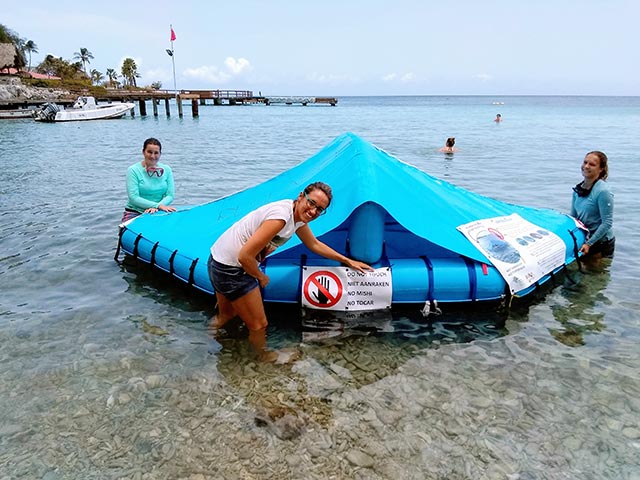
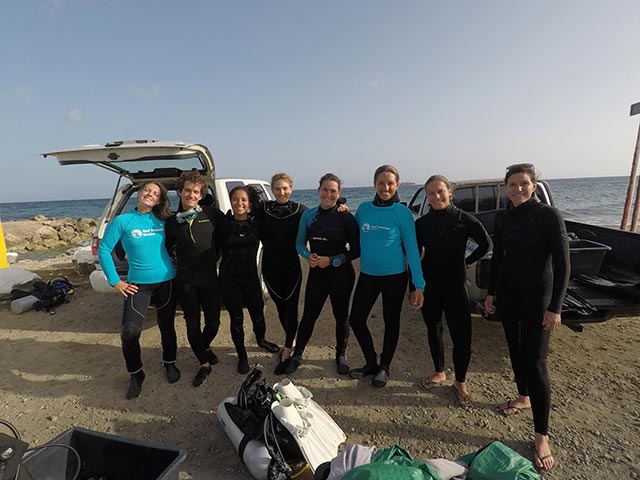
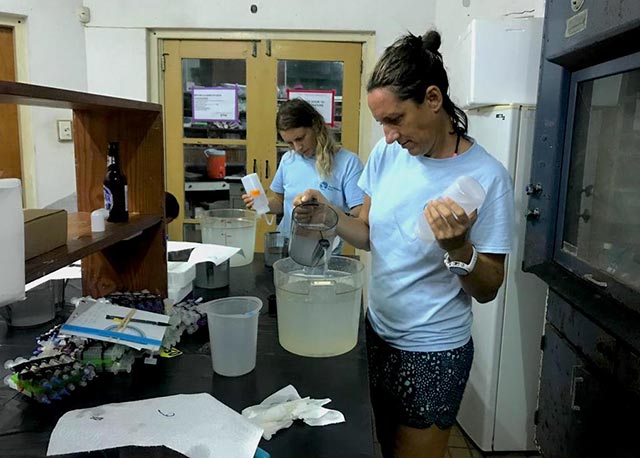
Reef Renewal Foundation Bonaire began the first phase of the larval propagation project on Bonaire this year. For the last three months, RRFB staff and dedicated volunteers have monitored and observed the spawning of multiple species of corals at various sites along the west coast of Bonaire.
During the September and October spawning events, divers observed the spawning of dozens of boulder brain coral colonies (Colpophyllia natans) and were able to deploy collection nets to collect the released egg and sperm bundles.
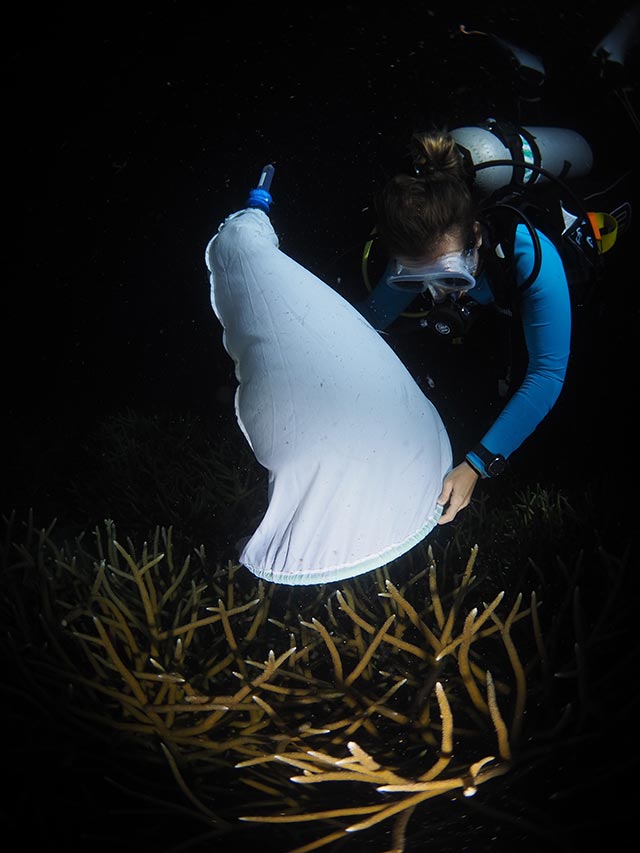
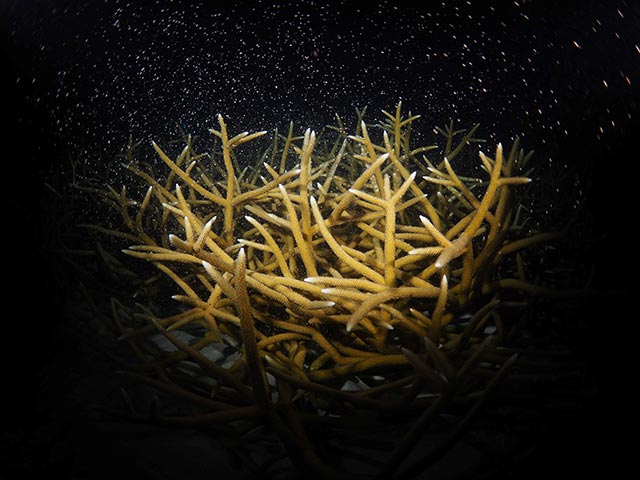
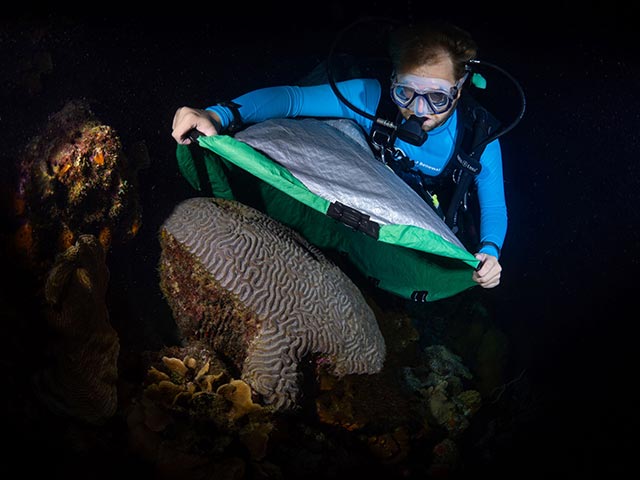
After collection, RRFB staff successfully completed fertilization in vitro. In the end, they produced an estimated 2.3 million Colpophyllia embryos, which were released back over the reef.
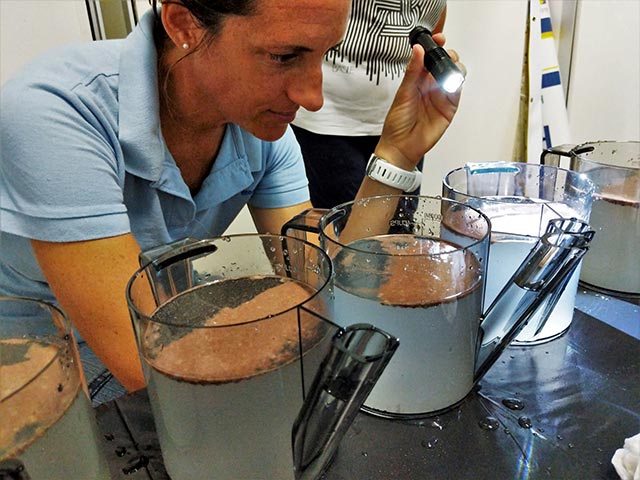

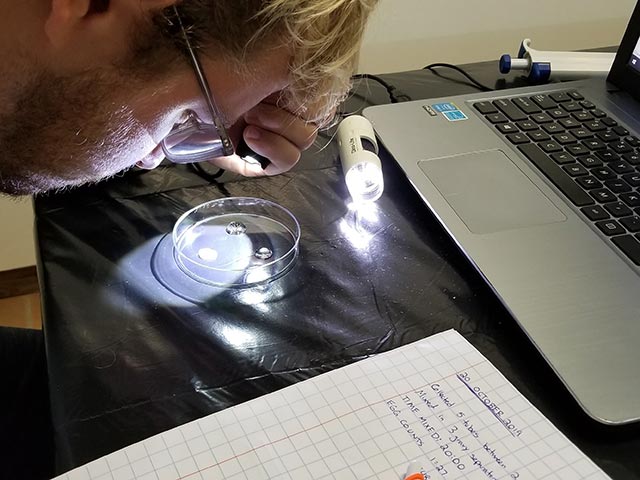
In 2020, RRFB will initiate the second phase of the larval propagation project and utilize floating pools to facilitate larval settlement on outplanting substrates. The goal is to outplant the genetically unique coral offspring onto the reef. By participating in this work and conducting these field trials, RRFB will work with SECORE to improve larval propagation techniques and continue to work on restoring Bonaire’s reefs.

